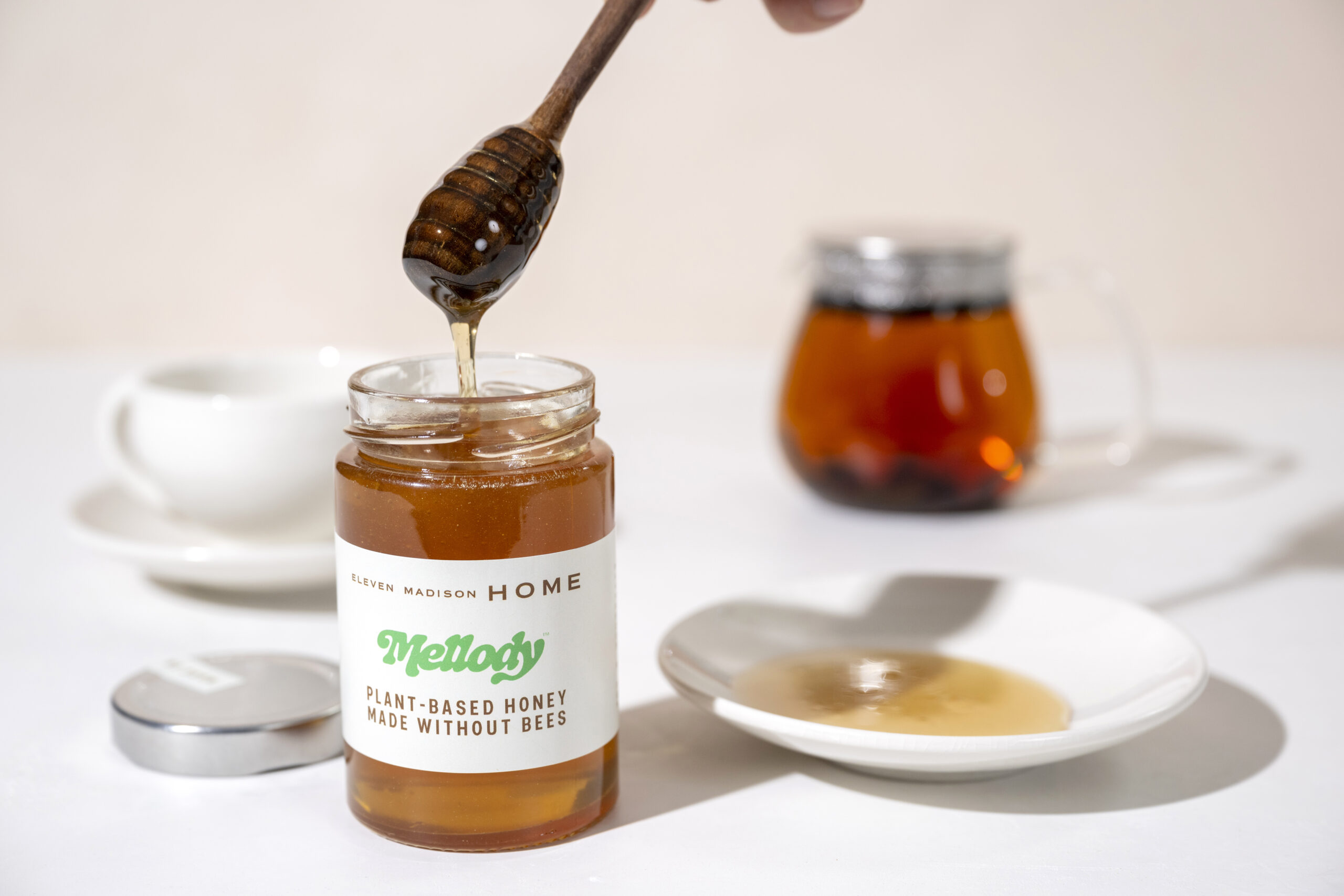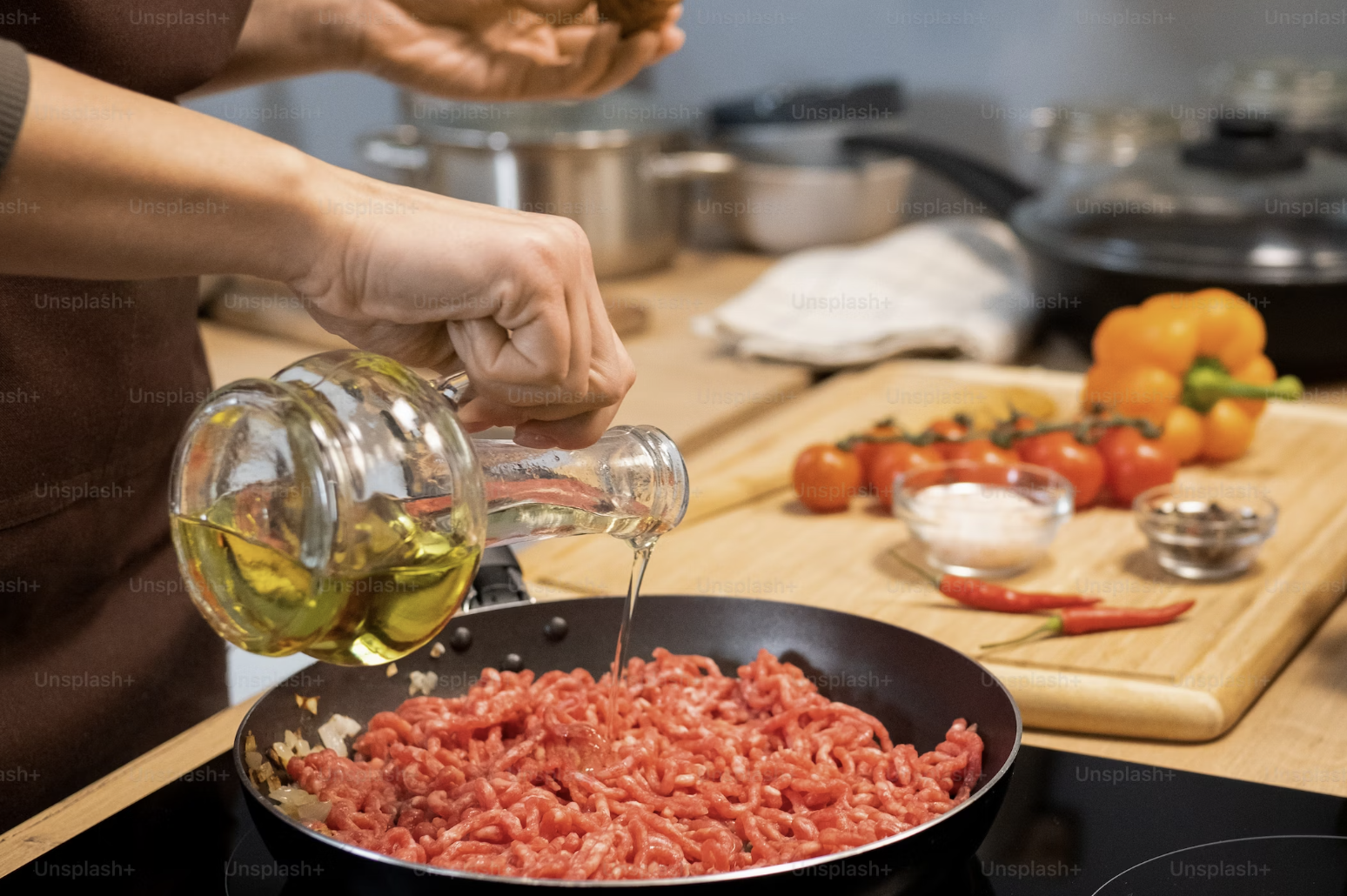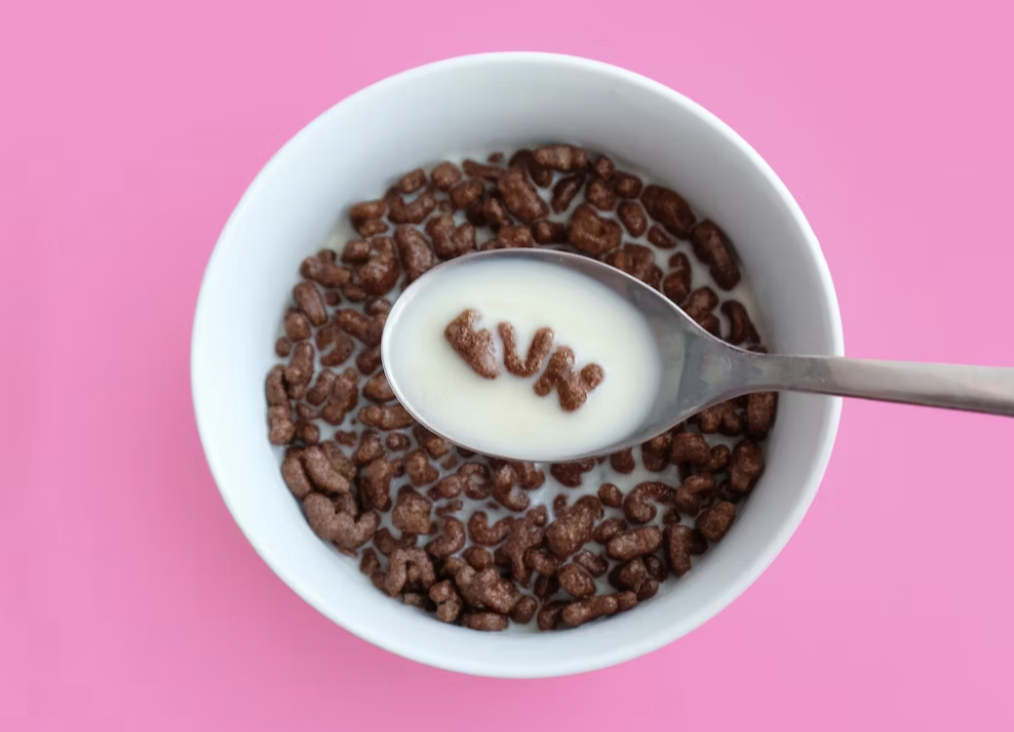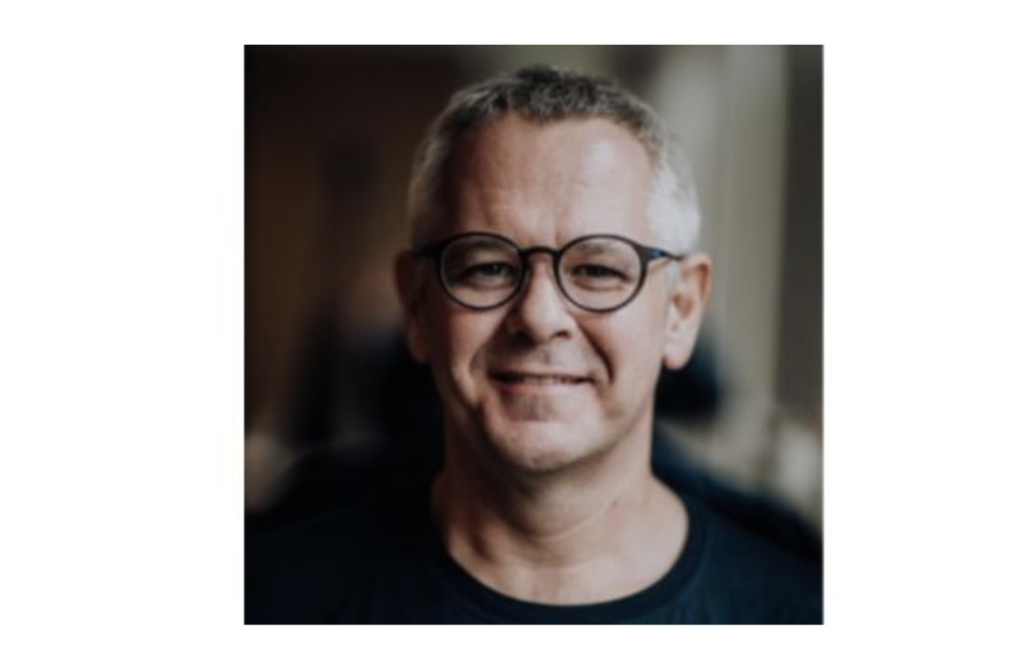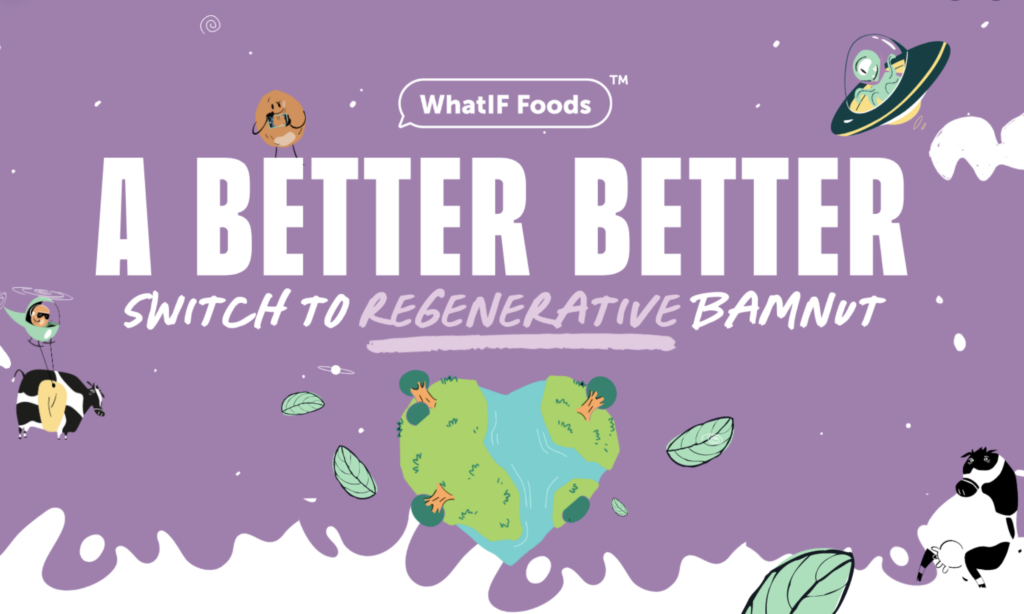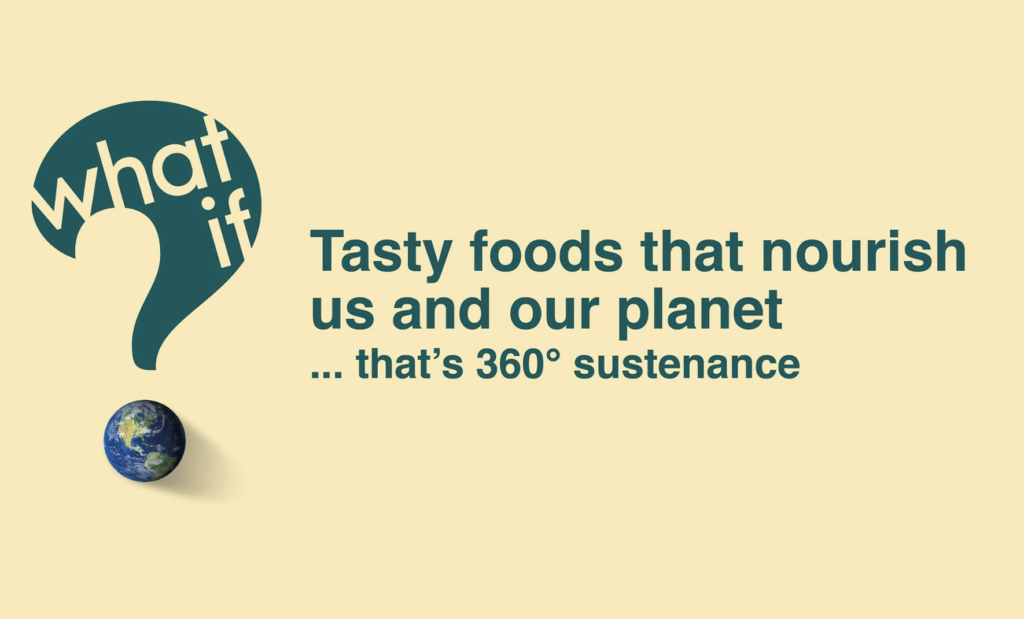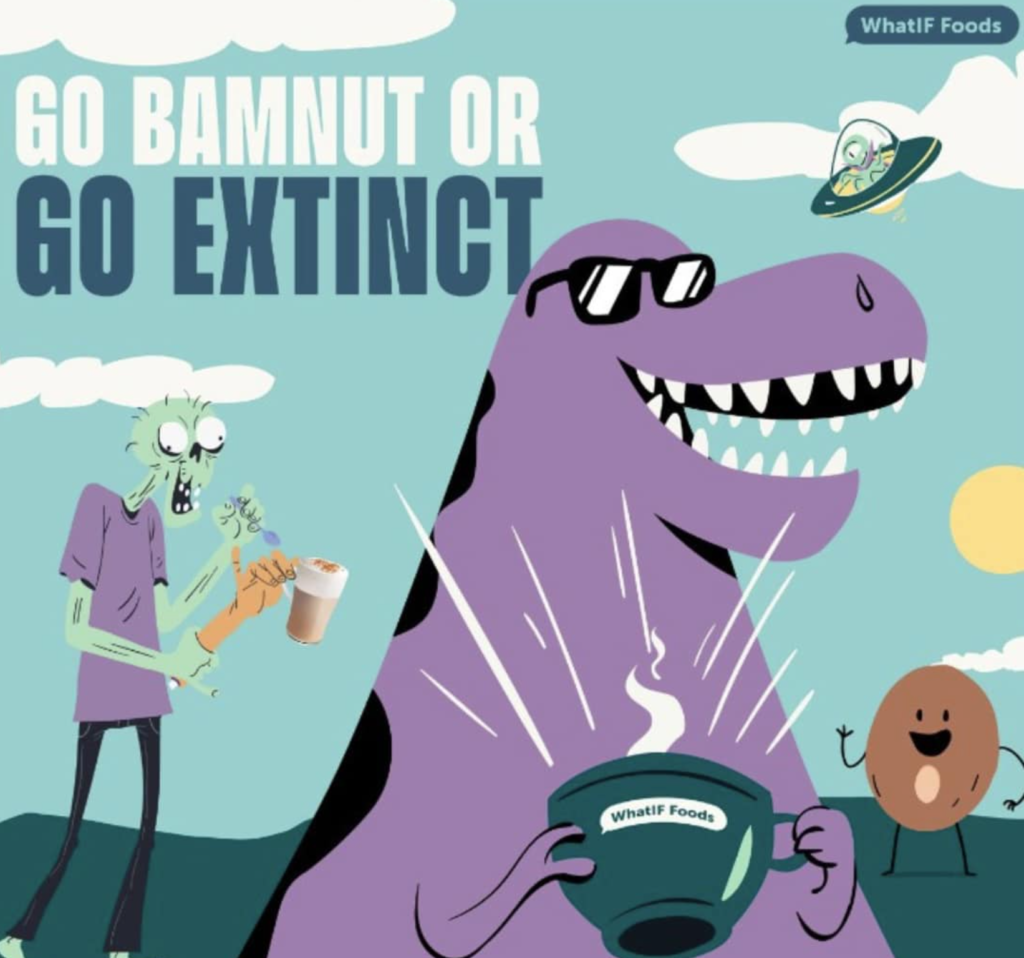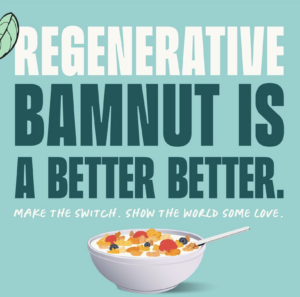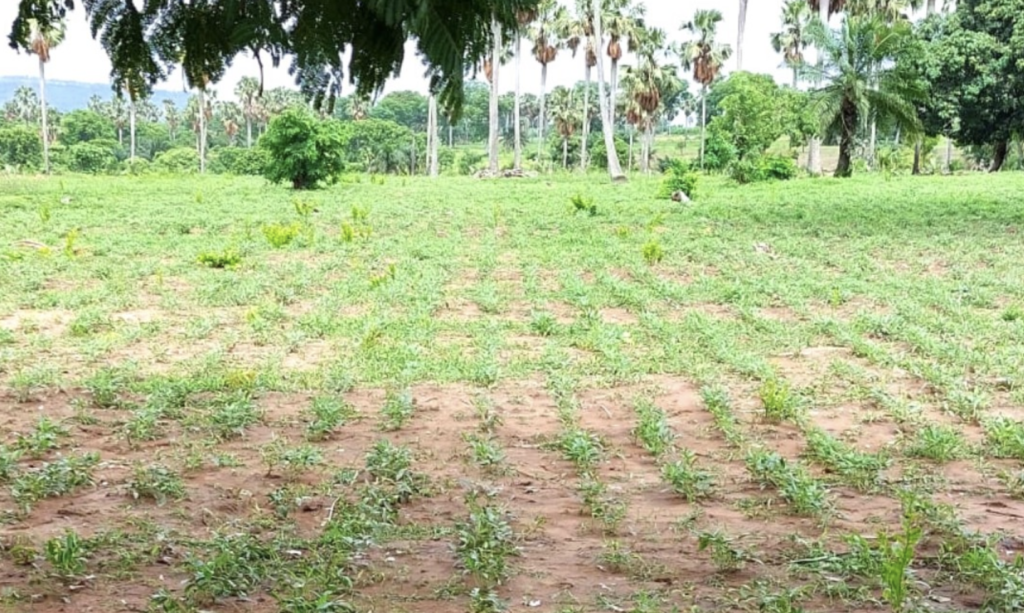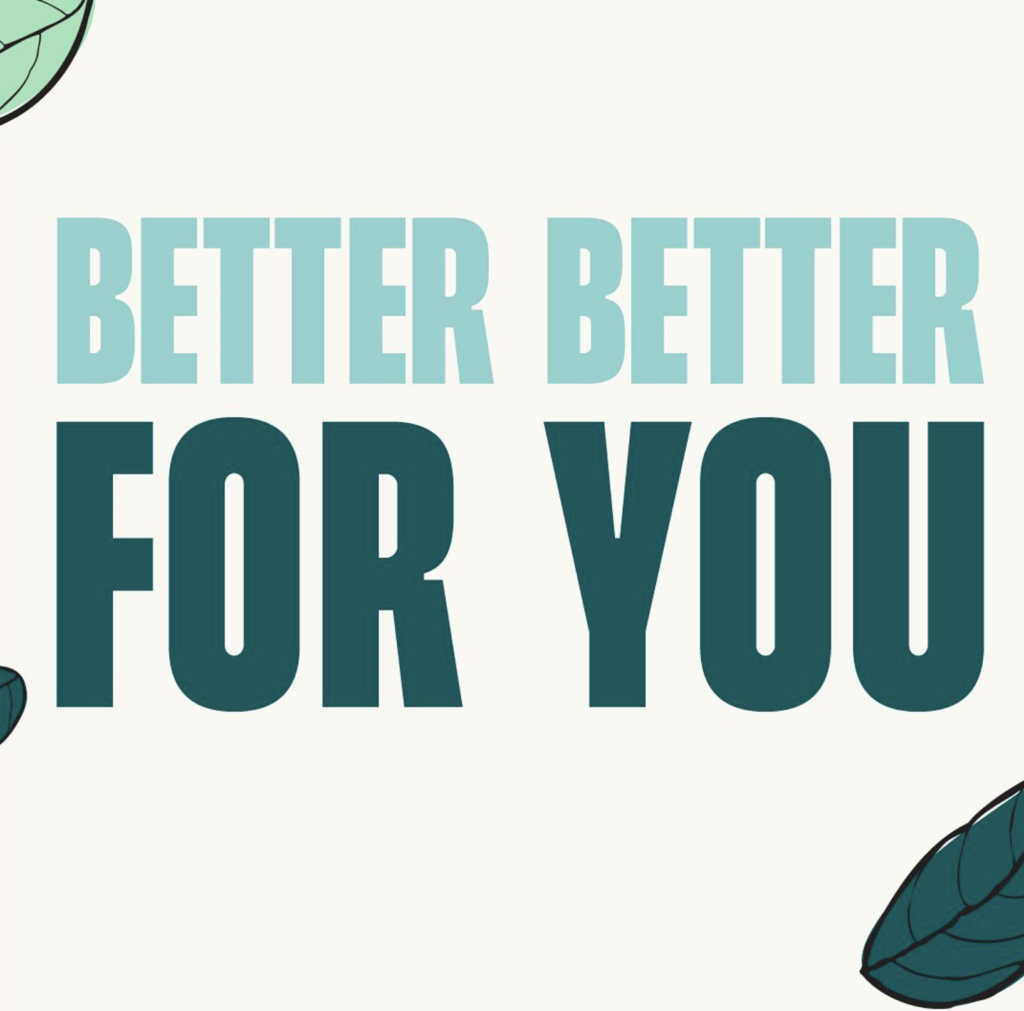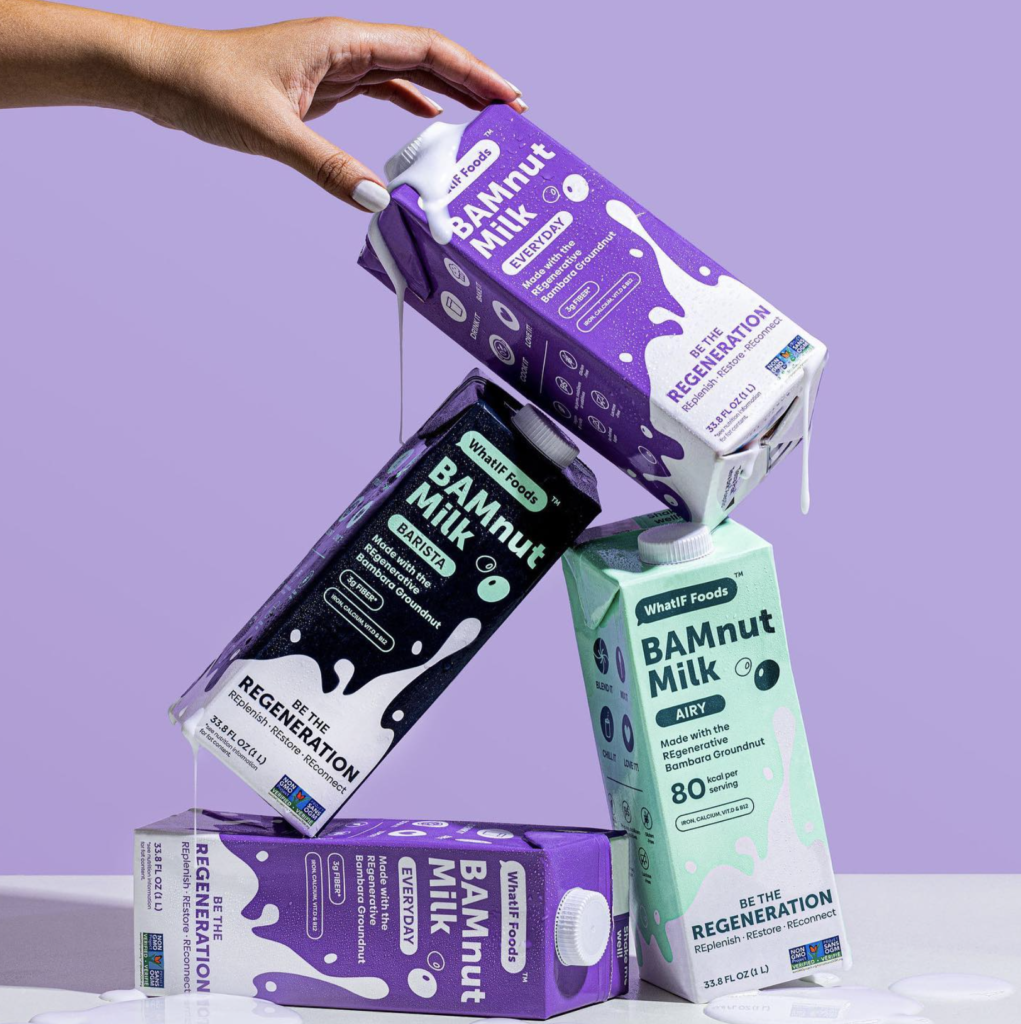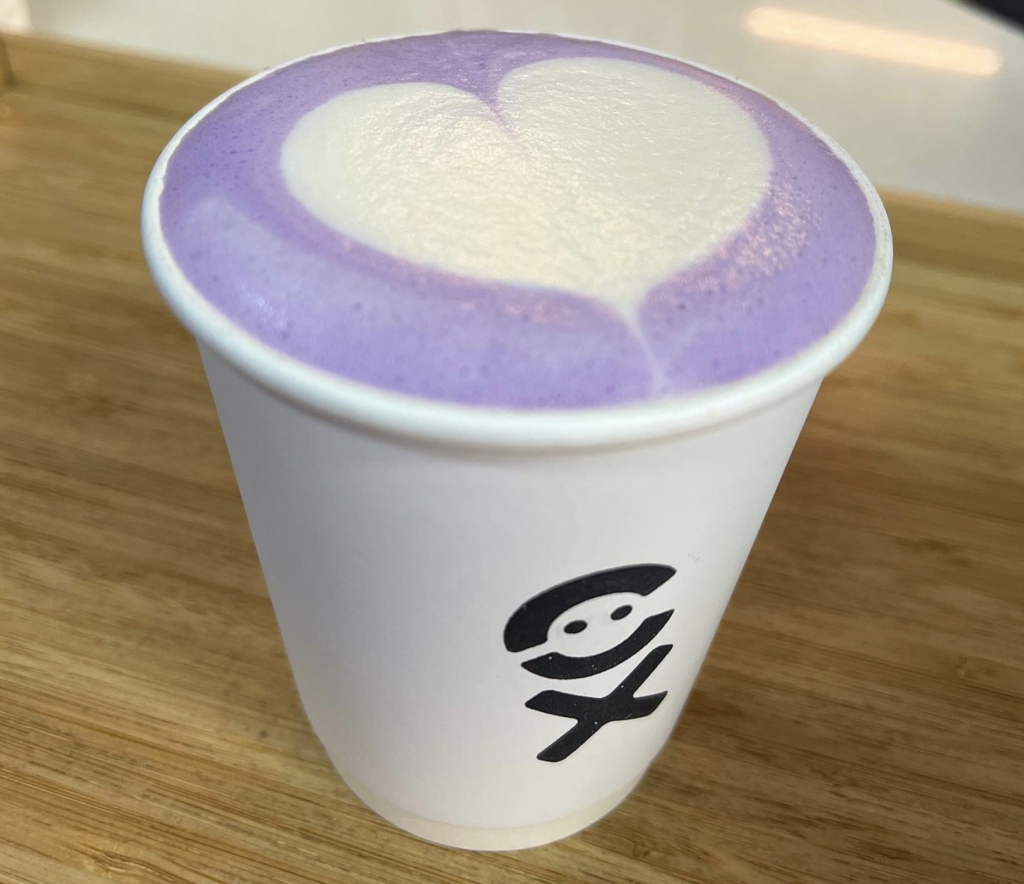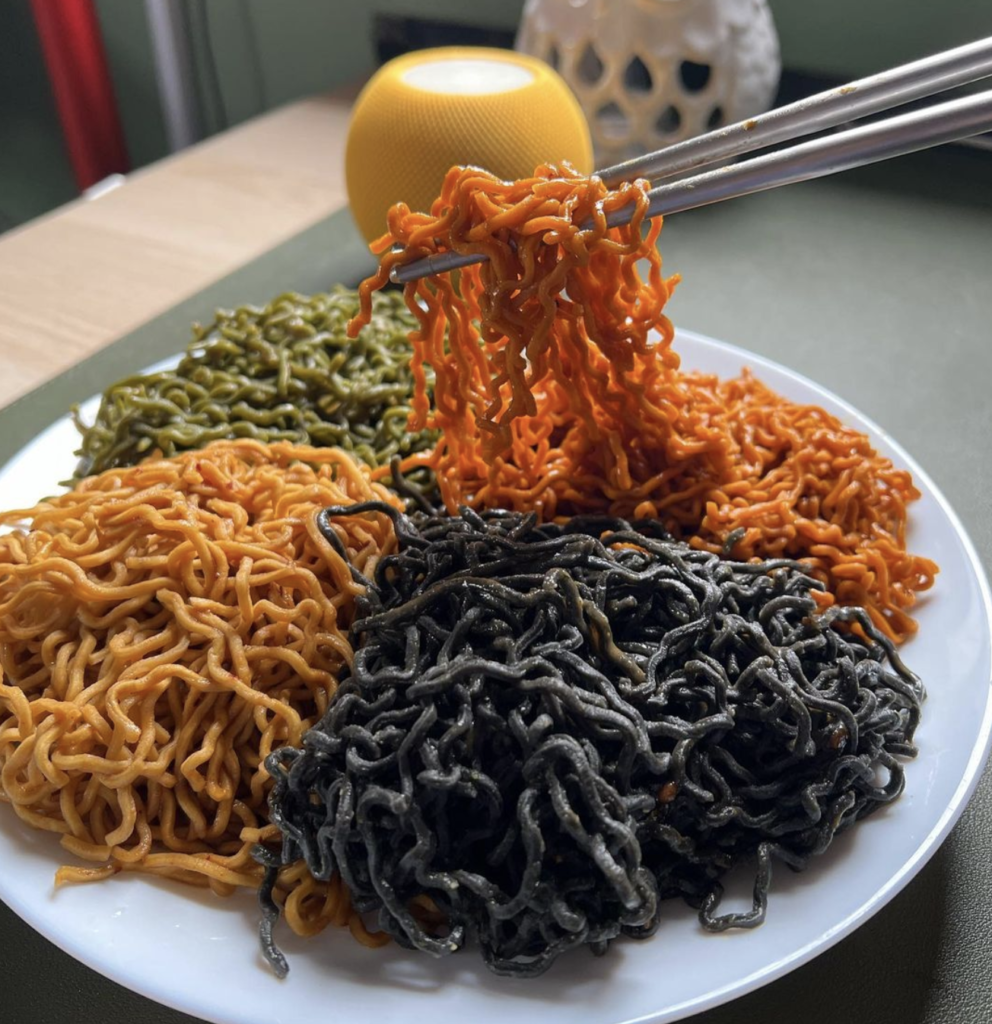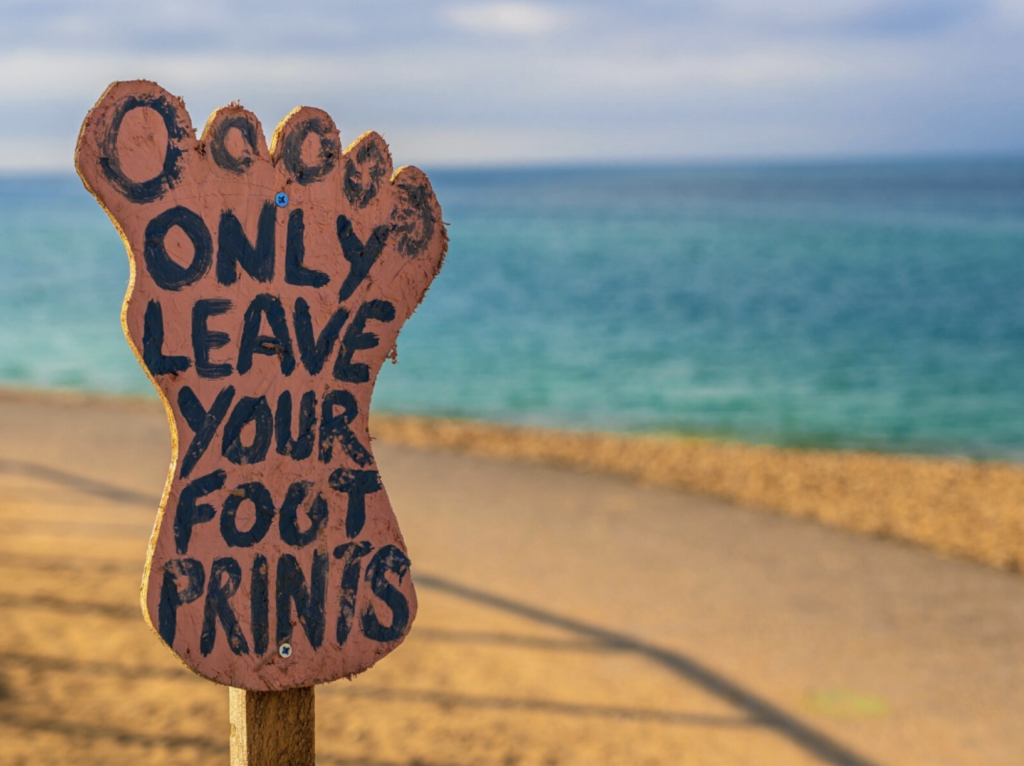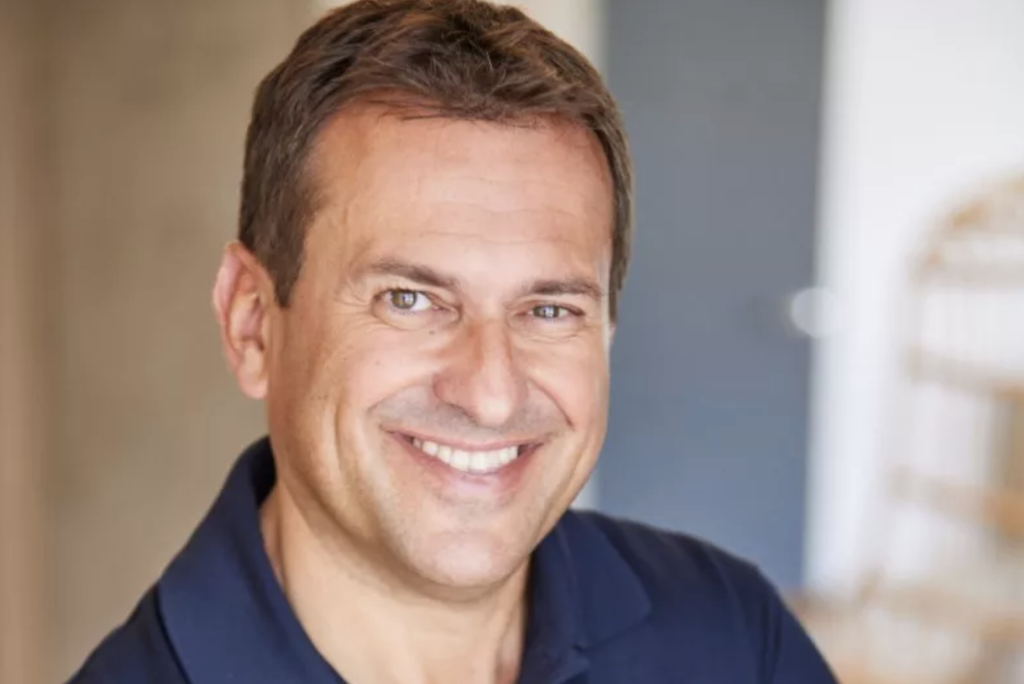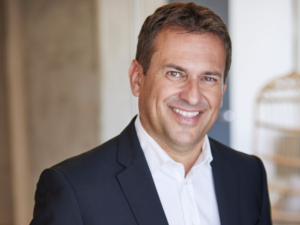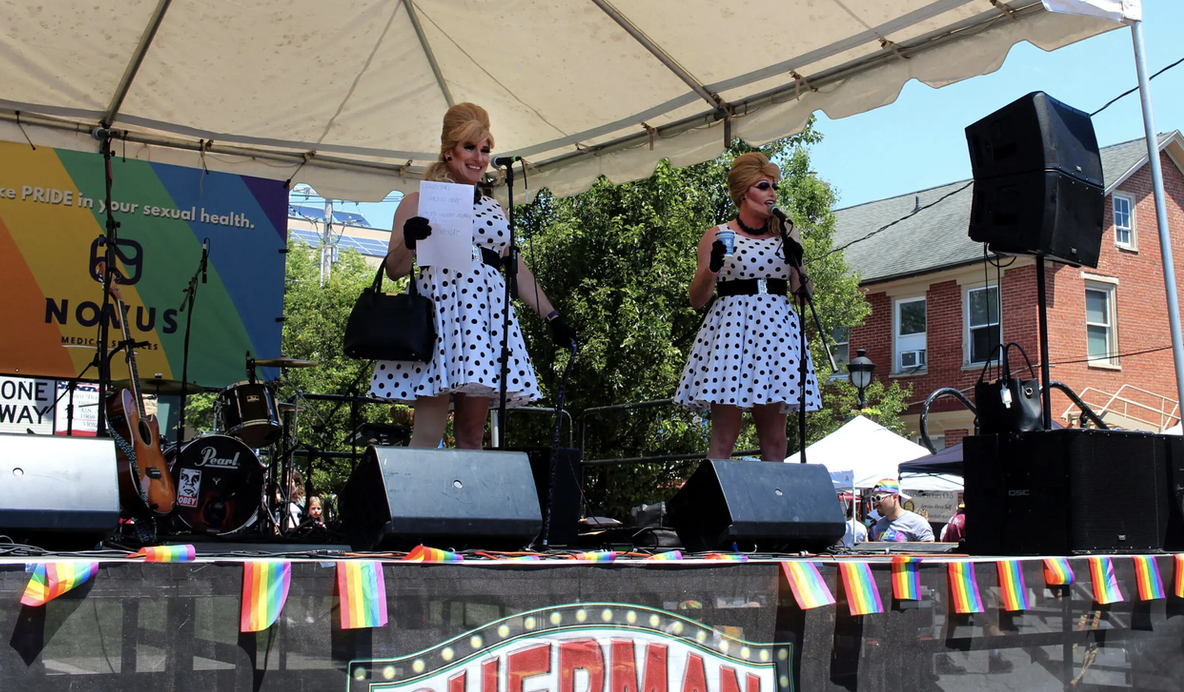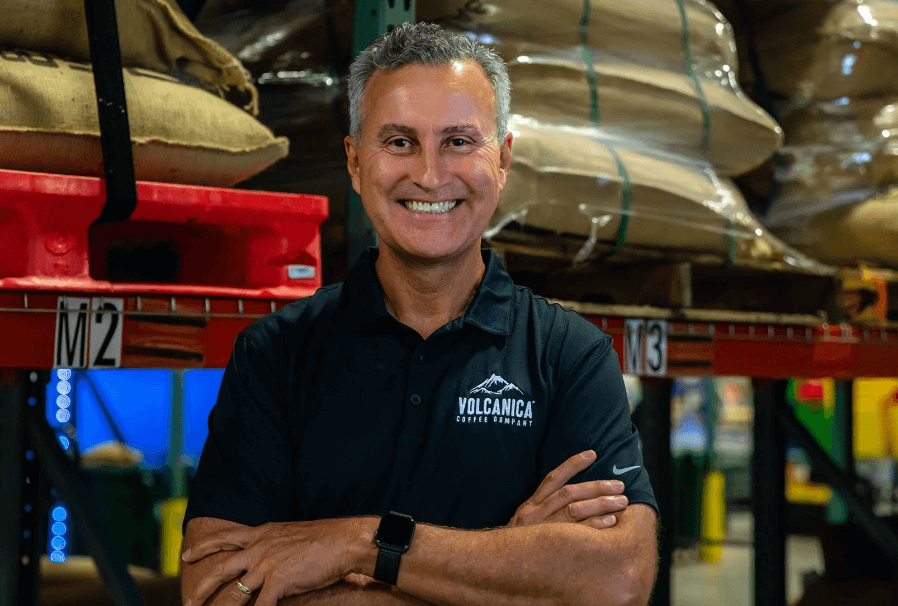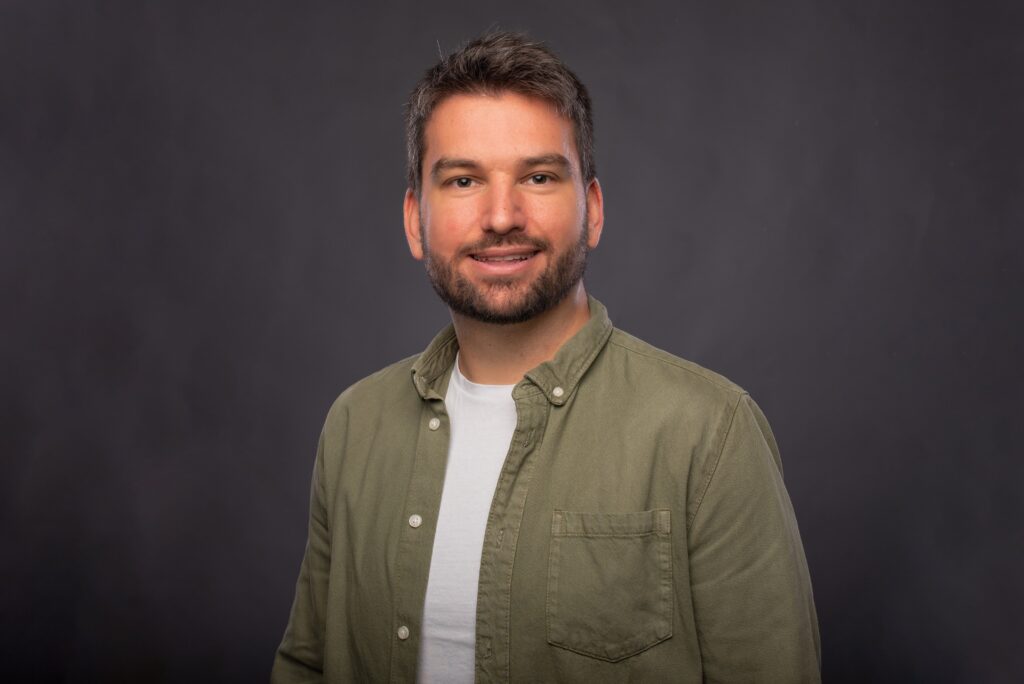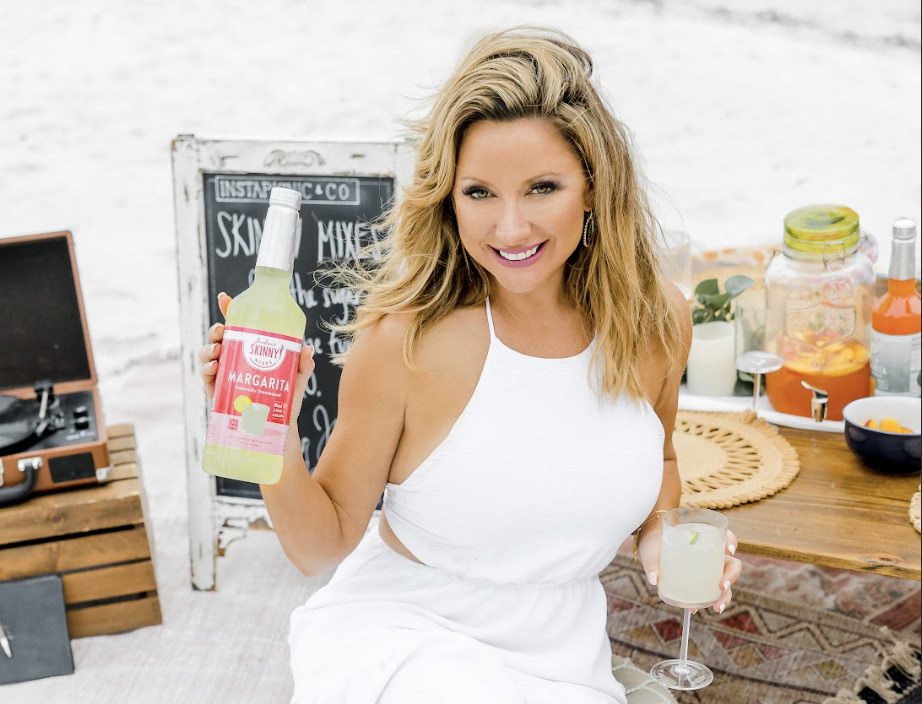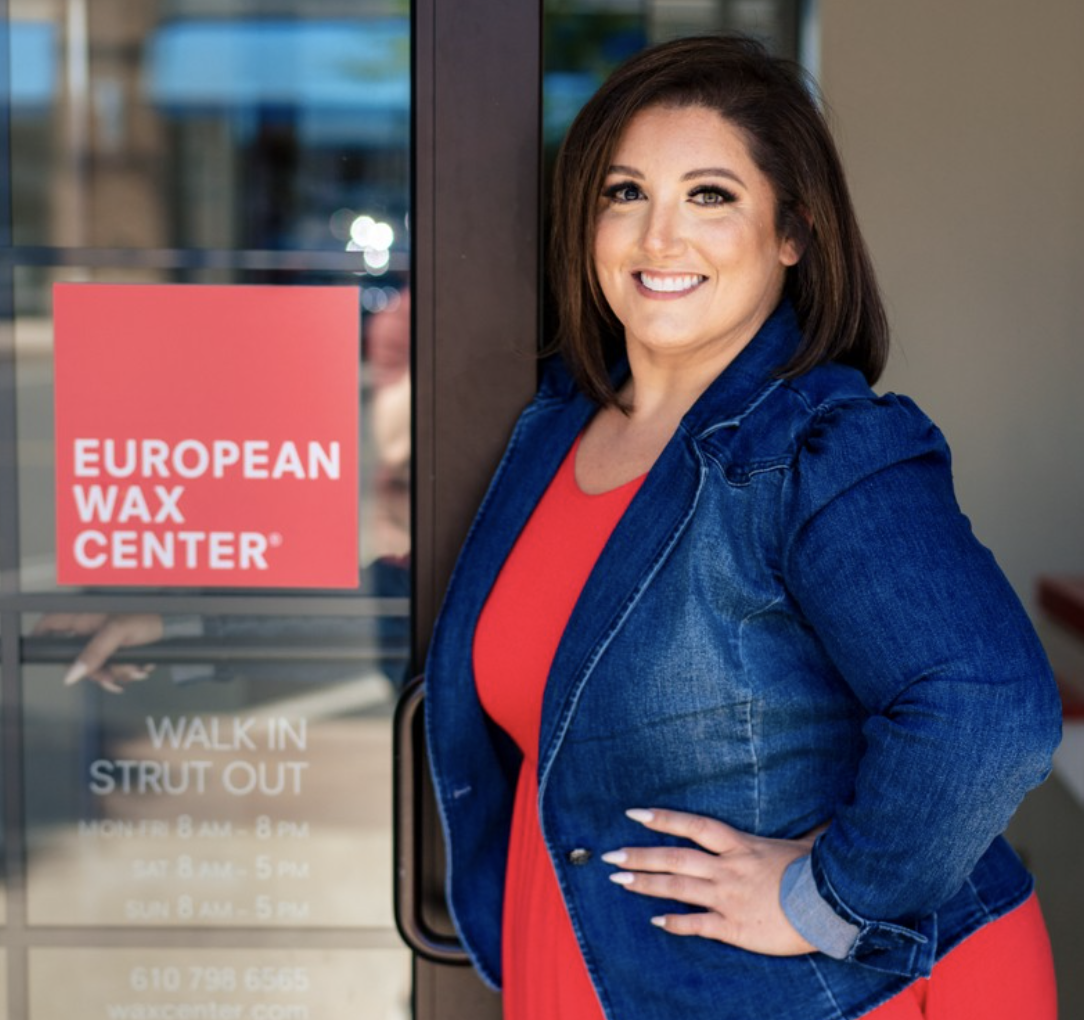Lehigh Valley Foodies: Chilli No 5 Brings BIG Flavor and Superfoods to Your Next Meal
Lehigh Valley Foodies: Chilli No 5 Brings BIG Flavor …and Superfoods to Your Next Meal with an unmistakable spicy hit, combined with superfoods & health supplements.
Providing the flavorful gourmet vegan chilli sauces & gift sets using the most natural & healthy ingredients.

Chilli No 5 Brings ‘Superfood Sorcery’ and Big Flavor
Delivering the best range of your favorite international flavors of chilli, marinades and BBQ hot sauces.
Co-founder Rumble Romagnoli joined me for a conversation about food, family, making chilli healthier and bringing their award-winning chilli sauce to the masses.

Chilli No. 5 Co-founder Rumble Romagnoli
The below conversation has been edited for length and clarity. Find the full, un-edited conversation at our YouTube channel.
When you think about hot sauce, can you tell us about a celebration or a memory, something in life that inspired you to get so excited about hot sauce?
Rumble Romagnoli: Yeah when we’re smaller and we’re in the kitchen, it’s such a magical experience, isn’t it?
I had a real Italian Nonna so an Italian grandmother who always had bubbling pots and pastas and, Mules and fish and meat. My mother and my sister; so great moments as a child cooking in the kitchen and then out on the dining table with all the family.
It was great and now I love cooking and it makes me really relaxed. Just zoning out, cooking for the family, growing my own vegetables, chilies and then gathering around tables with friends and family just to enjoy. And that’s really where this all started.
What does day to day life look like for you. How did you decide to split up some of that time with a hot sauce endeavor?
Rumble Romagnoli: You remember COVID wasn’t really a nice time for anyone. We were there in a small apartment with lots of small children. It was chaos.
We couldn’t see our friends. We couldn’t see our family. They were all over the world and it was desperate times. So I suppose setting up Chili No. 5 was all about this kind of wanting to get back together with people enjoying moments and being together, sharing and getting fresh, healthy food and not lining up in the supermarket.

Chilli No 5 Brings ‘Superfood Sorcery’ and Big Flavor
A lot of chefs who I was very friendly with all had lost their jobs. I was like, Hey, can you make sauce? They’re like, yeah, of course I can. So that’s how it all started.
And we started trying out new flavors and we love world cooking. So that’s how Chilli No 5 started.
From your Chilli expert point of view, what should someone look for on a label that lets us know this is a quality chilli sauce?
Rumble Romagnoli: I think you guys are better at it than us to be fair. You’re fanatics; incredible.
I’m not a real expert. I just love creating great food for my family and friends. And we’ve tried to make… The best world hot sauces but they’re not going to blow your head off. It’s not really a hot sauce. They are chilli sauces.

Chilli No 5 variety of flavors
What I think you should be looking for on the bottle is: great ingredients, as many as you can get. No numbers, no coloring, no baddies.
I’m looking for just superfoods and anything that’s gonna make me glow.
In my world, when I think of chili sauce and hot sauces, I don’t always think of superfoods.
Tell me a little bit about where the idea came from to so strongly cross over superfoods with chili.
Rumble Romagnoli: I love spice and tingling on my tongue and that kind of rush you get from that spice and hot. The hot sauce or the flakes or the chili oil. My wife loves to be healthy. Happy wife, happy life they say, so I just combined.
I was doing something more spicy and she says, why don’t you put some good stuff in there? And I’d been reading a lot about Guana ginseng, maca; and all of these are in our sources. These are natural supplements that you buy in the shop. You have some of that and it really picks you up, increases your concentration, which I need for long days. I need more energy. I’m getting older. So I was like, hey let’s just put them in the hot sauce and then you got the best of both worlds. So that’s the superfood sauce or superfood sorcery we like to say.
That was all my wife’s doing to be honest.
I feel like a lot of chilli sauces are just gunk. When I think superfoods, I think health. Is your Chilli No 5 a health food?
Rumble Romagnoli: Absolutely. I’ll pick out one of these bottles.I wouldn’t say a healthy hot sauce. I would say a hot sauce full of healthy ingredients because you never know there are some sugars in here and you never know what people will find healthy or not healthy.
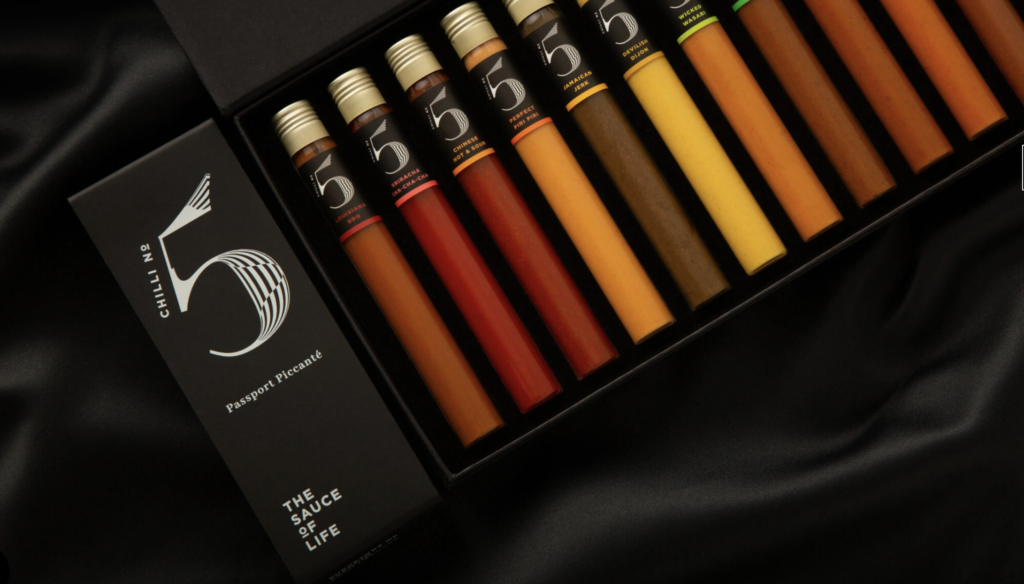
But we’ve got in this Jamaican jerk, which is great on a barbecue chicken as a marinade as a condiment as a barbecue sauce. We’ve got fresh red onions, fresh spring onions. Chilli No 9 chili. Fresh chilies, which are all really healthy for you. There’s ginger. There’s garlic. There’s lemon. There’s lime. There’s agave syrup.
We tried to tone down the sugar but keep it a little bit sweet, apple cider vinegar, we’ve got, extra virgin olive oil. It goes on black garlic, thyme, nutmeg, allspice, black pepper, guarana, maca, Ginseng, l arginine. It doesn’t stop. That is packed to the rims, full of healthy ingredients.
We’ve tried to put the healthiest ingredients we could find and make it as tasty as possible using these ingredients and authentic to Jamaica and their jerk sauce.
It’s a sauce packed full of healthy superfood antioxidant ingredients and that’s maybe why it’s winning all these awards for taste.
Because bottom line is it has to taste nice before being healthy.
Nobody wants a science flavored chili. So I agree with that. Let’s talk about some of your favorite flavors.
Rumble Romagnoli: It’s hard because we have over 15 sources. But one of my favorites which you’d probably love as well is the Mexican Fury. My sister lives in Guadalajara in Mexico. She left the UK and went all around South America and ended up finding a lovely guy and settled down there.
Mexican food is fantastic. It’s just really great. Full of flavors and all sorts of different ingredients that we can’t grow in the UK or in Europe. You guys have got such great weather down there in the South, Miami, Florida. Texas, Mexico between the South of the U. S. and the North of Mexico.
So you’ve got the jalapenos which are just incredible. We’ve got all of these beautiful chilies, the habanero come up with an automatically smoky flavor when mixed with the red peppers, the tomatoes, the red onions. They fuse this on the palate to really pair very well with chicken, prawns, tacos, burritos or even egg for breakfast or pancakes.
The Mexican Fury is a really good one. We won 16 awards for different sauces. I love chipotle, anything smoky in our Louisiana barbecue. We’ve tried to tone down the sugar, add a bit of cognac whiskey, bourbon whiskey. We’ve added the classic American ingredients in there to make a kind of healthy style Louisiana barbecue.
Then the harissa is a great one. It’s really popular. it’s North African full of caraway seeds, cumin seeds, olive oil, lots of of incredible deep ingredients that really sit on the back of the tongue. There’s lots of ingredients there that kind of bring your food to life.
We want to bring life and energy into a barbecue situation, dinner with granny, breakfast before work, sandwich on the bench in Manhattan.
Tell us a little bit about the competitions you’ve entered.
Rumble Romagnoli: We were only a year old and we’d come up with these sauces and we’d thought they were good. The founder Chef Colin and then we had a team of chefs working in our London kitchen and our South of France kitchen and we entered the Great Taste Awards.
These are quite big awards in the UK but it’s international awards where all kind of fine foods, gourmet foods are tested by panels of hundreds of judges. It’s quite a strict competition.
So first year we came in and we won seven stars for 11 products. We’re very happy. It was incredible. The Jamaican jerk really got a good one. The heavenly Harissa came in very well. Our chilli oil called Pizza Pizzazz.
Our chili flakes are all fresh and lovely coming from all sides of the world. Carolina Reaper, the Scorpion, the Habanero, the Ghost, the Number 5 chili from India.
We watched and read all of the judges’ comments and we’re so thankful that they really detailed about acidity, balance, flavor structures.
Then we reworked it. We played around with ingredient quality, we changed vinegars slightly, the cooking process. We started baking the vegetables, the peppers, the onions, the red onions. The tomatoes really started getting more flavor. We put in a bit of olive oil at the start to get the flavors moving around.
Then we came in this year with 13 awards out of 16. With our 7, that makes 16 of our total products have won awards by the Great Taste Awards.
We want to create the best chilli sauces on the planet. That’s my mission.
How is Chilli No 5 going to grow and evolve?
Rumble Romagnoli: It’s happening quite quickly and we have a B2C strategy and service strategy.
We want to have the most delicious sauces in every category. We’re just working on each recipe and we think if we make the best sauce, people are going to love the best sauce, and then they’re going to buy the best sauce.
A bit like Apple, just make the best products and people just keep buying them We’re getting into big stores in the UK, placements in Monaco.
We are in lots of great high end butchers, delicatessens and it’s going really well.
So we’ve got this B2B strategy. We need to impress the professionals. We’ve impressed the people who love healthy lifestyle, love delicious sauce, gourmet. But now we have to impress the industry.
Obviously coming to America is the big move.
Tell us all the ways we can learn more about Chilli No. 5 Tell us your website, social media.
Rumble Romagnoli: The website is the big one, Chilli No.5. Shop us on Etsy. Follow us on instagram, Facebook, YouTube.
We’re also quite present for hot sauce gift sets. We do five or six incredible hot sauce gift sets which are collections of the sauces. And we’ve got mini little minis and you can make your own you can personalize because we’ve got 15 sauces.
We’re very big at Christmas. Very big at Father’s Day, Thanksgiving and we will send the sauces over to you guys in the states. No problem. If anything breaks, if anything’s damaged, we will refund you and resend you the sauce you ordered because that’s the least we can do.













